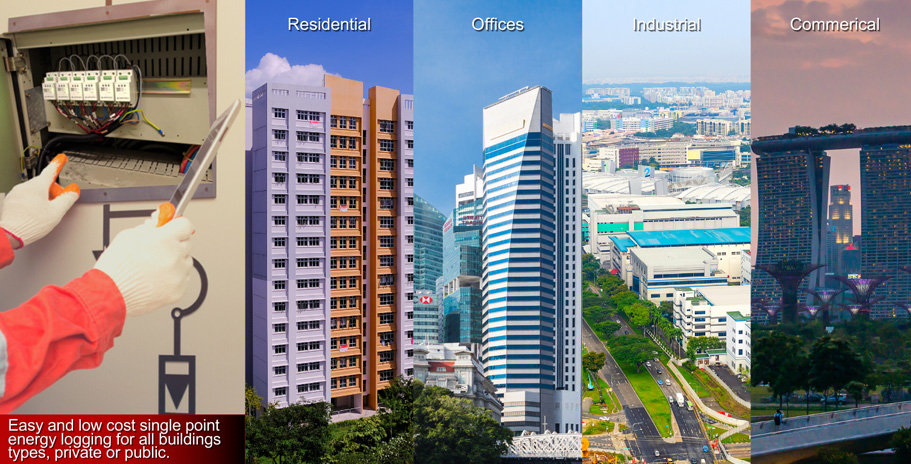
By Janice Hoo
April 20, 2021
As Singapore gears up towards being a Smart Nation and meeting the carbon reduction target pledge, EDP Renewables finds strong alignment and a mandate to support as the company's mission is to spearhead clean energy utilities and decarbonizing solutions in a sustainable manner. Hence, in addition to the primary solar renewable energy business, EDP Renewables dived into the research and development of proprietary technology where real-time useful granular data (per second) on energy consumption, per equipment load, could be obtained and easily understood. This could provide precise and accurate information for users to achieve energy efficiency and their sustainability goals.
Currently, energy data is commonly presented in a lump-sum manner which limits understanding, unlike disaggregated load data where one can tell exactly how much energy is used on specific equipment. To obtain the disaggregated load data, according to prevalent market practice, a sub-metering system (usually priced in the thousands of dollars) is needed wherein a smart plug or power meter must be installed on each major equipment load in the building. Standard sub-metering requires long installation hours, incurs high opportunity cost due to operational disruption, and the hefty expenses make it economically untenable for owners of residential and non-residential (commercial and industrial) buildings. It is an unfortunate reality that something that is can help make operations move towards being more sustainable is hampered by the tangible deterrent of high costs.
This makes it difficult, if not impossible, for the formulation and implementation of any sound energy strategy to improved energy efficiency (reduction of carbon emission) which can translate to operational cost savings. To illustrate, service and maintenance of equipment today are mostly done on a time-scheduled basis instead of a targeted basis ie. Depending on the frequency of usage), resulting in redundancy and wastage of resources.
Artificial Intelligence applied to Smarter Energy Monitoring
After years of research and development by our team, it is now possible for Singapore-based users to obtain disaggregated load data easily and to do this at a low cost. Our proprietary Smart Energy Monitoring System disaggregates energy data based on a single point of data collection at the main switchboard and provides real-time energy consumption information. This is achieved through a tailored Non-Intrusive Load Monitoring (NILM) solution which is based on the use of artificial intelligence with machine learning.
The icing on the cake is a holistic and secured energy monitoring platform which provides actionable data that can be accessed anytime, anywhere.
The Benefits

Key Benefits
• Low cost
• Non-intrusive, non-disruptive & hassle-free installation
• Facilitates energy efficiency
• Allows real-time energy consumption monitoring that allows faster response time
• Supports better resource planning
• Enable faster response to faults via real-time detection of anomalies
• Achieve operational cost savings
• At-a-glance, easy energy consumption reporting for anyone, anywhere, anytime
• Optimisation of building equipment usage
In summary, cost-effectiveness is a major consideration for scalability and easy deployment. The ability to achieve this via a single-point energy logging device means hassle-free and fast installations without incurring any opportunity cost from disruption of daily operations. Besides specific energy-intensive equipment, this technology can equally support the gathering of energy consumption within a dwelling unit, broken down to the appliance and appliance-group levels.
By making sense of otherwise raw aggregated energy data, users can optimise the service and maintenance of equipment and make informed decisions on energy usage to improve energy efficiency, resource allocation and equipment efficacy.
We believe this solution can benefit both residential and non-residential (offices, industrial and commercial buildings) users. Given that the buildings in Singapore account for over 20% of the nation's carbon emissions, adopting this solution can lead to a positive impact at a national level.